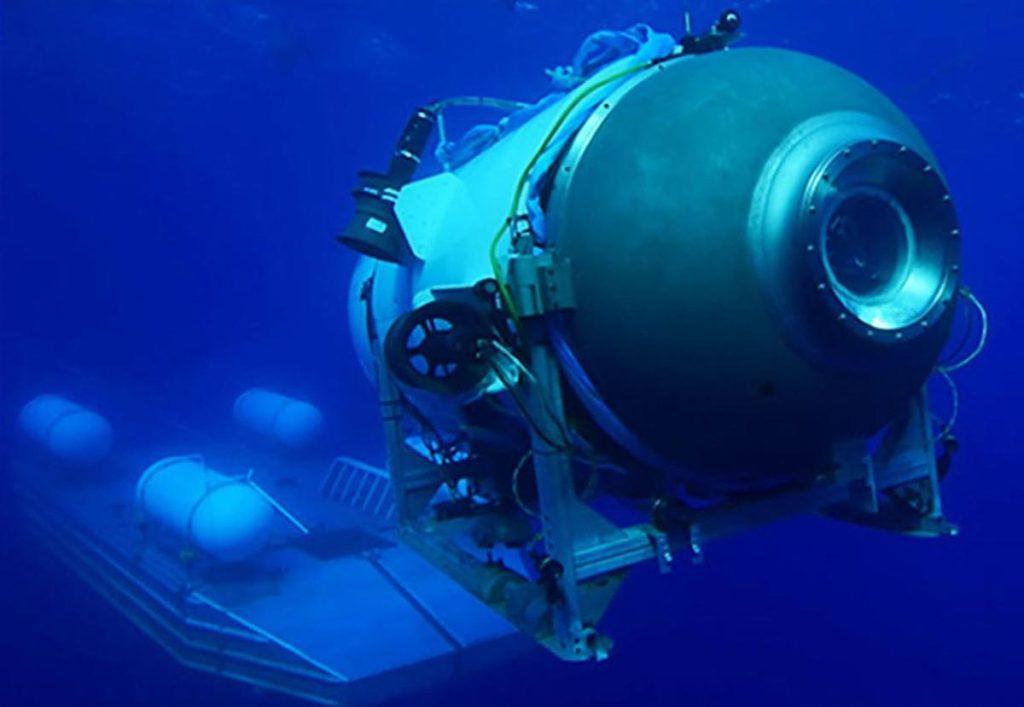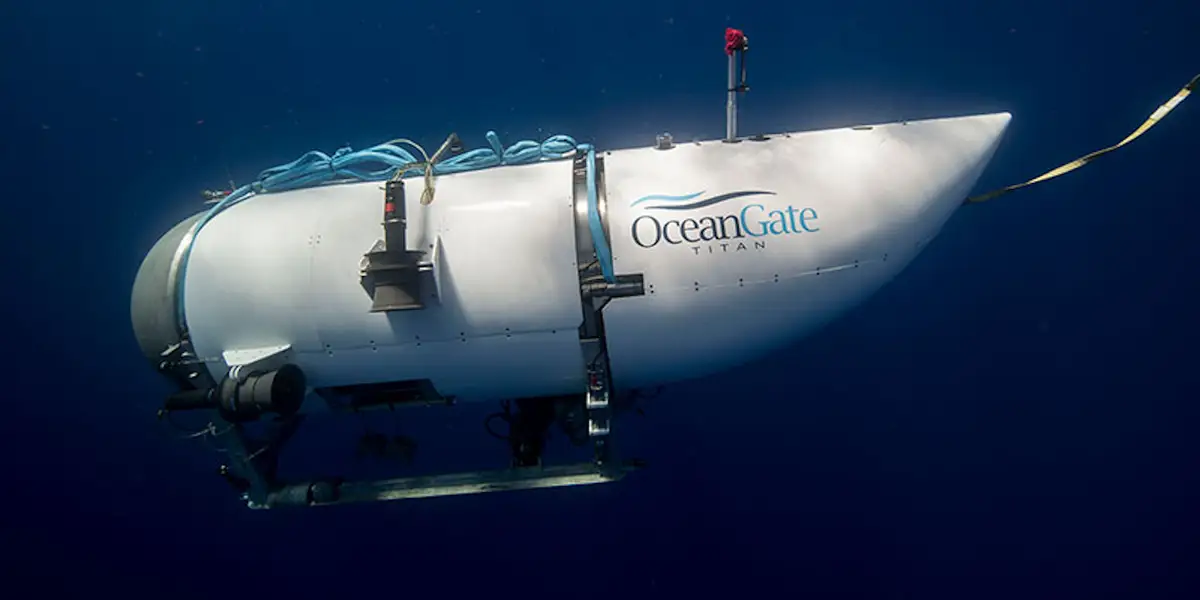Missing Submarine Titan’s noises heard from Atlantic Ocean
There were noises heard from the Atlantic Ocean by sonar devices that are believed to be from a missing submarine, Titan. It is possible that a search and rescue operation would be launched to try to locate the submarine and its crew.
Sonar devices use sound waves to detect objects in the water, and they are commonly used in naval operations to locate submarines and other underwater objects. If a sonar device detected sounds that were consistent with a submarine, it could indicate that the missing submarine was in the vicinity.
However, it’s important to note that there could be other sources of underwater noise that could be mistaken for a missing submarine, such as marine life or seismic activity. Therefore, a thorough investigation would be necessary to confirm the source of the sounds and determine if they were indeed from the missing submarine.
Sources confirm that only 1 day’s oxygen is left in the submarine.

What are some other sources of underwater noise that could be mistaken for a missing submarine?
There are many sources of underwater noise that could be mistaken for a missing submarine, including:
- Marine life: As I mentioned earlier, the Atlantic Ocean is home to a wide variety of marine life, and many species can produce sounds that could be mistaken for a submarine. For example, some species of whales and dolphins produce clicks and whistles that can be very loud and carry over long distances.
- Seismic activity: The Atlantic Ocean is located in an active seismic zone, and there are often earthquakes and other seismic events that generate underwater noise. These sounds can be very loud and could be mistaken for a submarine.
- Shipping and naval activity: The Atlantic Ocean is a busy shipping lane, and there are often large vessels and naval ships in the area. These vessels can generate a lot of noise, which could be mistaken for a submarine.
- Underwater construction and drilling: There are many offshore construction projects and oil drilling operations that take place in the Atlantic Ocean. These activities can generate a lot of noise, which could be mistaken for a submarine.
It’s important to note that in order to determine if a sound is coming from a missing submarine, a thorough investigation is necessary to rule out other potential sources of the noise.
What are some techniques used to locate missing submarines?
- Sonar: Sonar is a technique that uses sound waves to detect objects in the water. Sonar can be used to create a three-dimensional image of the ocean floor and to locate submarines by detecting the sounds they emit or by detecting the echoes of sound waves bouncing off the submarine.
- Underwater drones: Unmanned underwater vehicles (UUVs) or remotely operated vehicles (ROVs) equipped with cameras and sensors can be used to search for missing submarines. These drones can be programmed to explore specific areas of the ocean and to transmit real-time video and sensor data to search teams on the surface.
- Magnetic anomaly detection: Magnetic anomaly detection (MAD) is a technique that uses sensitive magnetometers to detect the magnetic signature of a submarine. Submarines have a unique magnetic signature due to the large amount of steel and other magnetic materials used in their construction.
- Airborne surveillance: Aircraft equipped with radar and other sensors can be used to search for missing submarines from the air. These aircraft can cover large areas of the ocean quickly and can detect surface disturbances, such as oil slicks or debris, that could indicate the location of a missing submarine.
- Acoustic detection: In addition to sonar, underwater microphones and hydrophones can be used to detect the sounds of a missing submarine. These devices can be used to listen for sounds emitted by the submarine’s propulsion system or crew members, as well as other sounds that could indicate the submarine’s location.
It’s important to note that locating a missing submarine can be a complex and challenging task, and often requires the use of multiple techniques and technologies.
What is the success rate of locating missing submarines?
The success rate of locating missing submarines varies depending on many factors, such as the circumstances surrounding the disappearance, the type of submarine, the search area, and the available resources and technology.
In some cases, submarines have been quickly located and rescued, while in other cases, the search has been long and unsuccessful. For example, the search for the missing Argentine submarine ARA San Juan in 2017 was a complex and challenging operation, and it took more than a year to locate the wreckage of the submarine on the ocean floor.
In general, the success rate of locating missing submarines has improved over time as technology has advanced and search and rescue operations have become more sophisticated. However, locating a missing submarine can still be a difficult and dangerous task, and there is no guarantee of success.
It’s also worth noting that even if a missing submarine is located, rescuing the crew can still be a challenging and dangerous operation, especially if the submarine is at a great depth or in a remote location.

